Finding the best eSIM for Philippines can make travel smoother, especially when combined with knowing how to say common words in Philippines and understanding the best time to go to the Philippines. For travellers eager to explore the country’s tropical beauty, good connectivity and cultural awareness make all the difference.
A recent study by the Department of Tourism Philippines noted that over 5.4 million international tourists visited in 2024, and those who stayed connected digitally reported higher satisfaction levels during their trip.
Best eSIM for Philippines
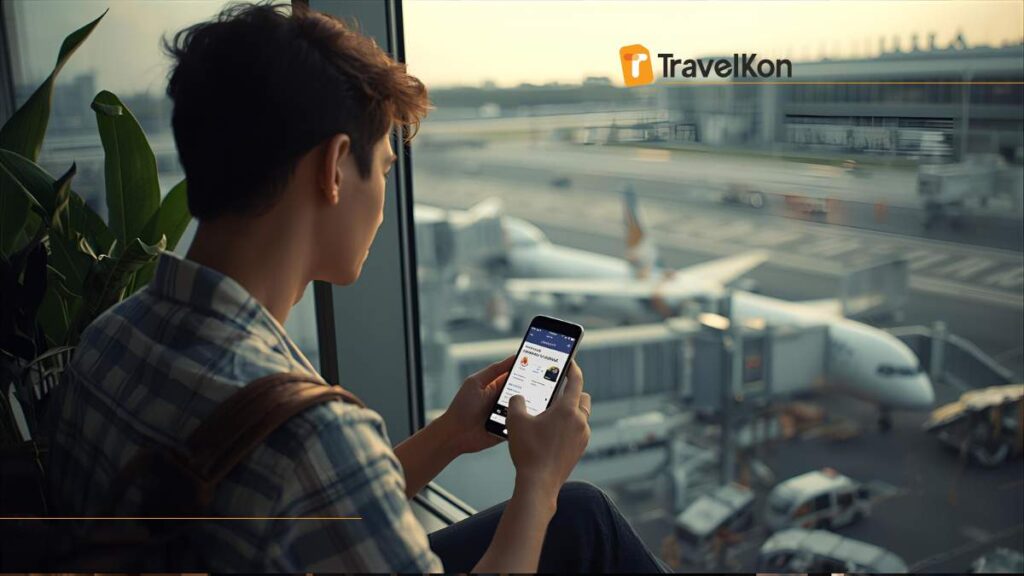

For travellers seeking easy and affordable connectivity, TravelKon offers the most reliable Philippines eSIM options that cater to every travel plan. Whether it’s a short city trip or a long island escape, TravelKon’s eSIMs deliver fast 4G/5G coverage across key destinations like Manila, Cebu, and Palawan.
- Philippines eSIM – single country plan
- Southeast Asia eSIM – unlimited data for 7 countries
- Philippines eSIM category
Key Benefits:
- Instant activation via QR code—no physical SIM needed.
- Compatible with major networks for wide coverage.
- Affordable data packages for both short- and long-term stays.
Switching to TravelKon ensures travellers stay connected from touchdown to take-off without worrying about roaming costs.
Best Time to Go the Philippines
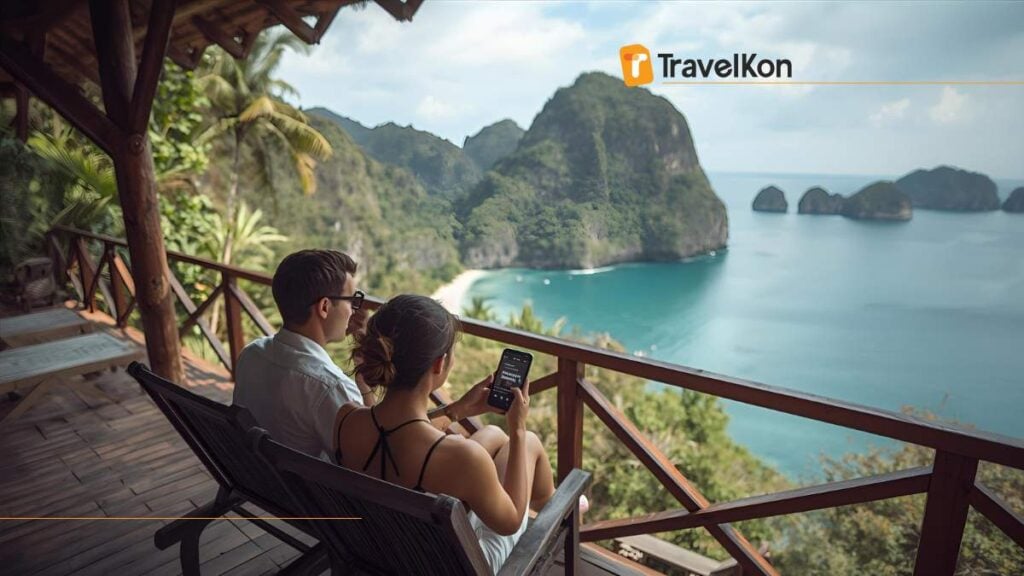

The Philippines is a year-round tropical paradise, but the best time to go is between November and April, during the dry season. These months bring sunny skies, calm seas, and ideal conditions for exploring islands, beaches, and cultural sites.
Highlights by Season:
- November–February: Cooler weather, perfect for sightseeing.
- March–April: Warm and vibrant, ideal for beach adventures.
- May–October: Rainy season with fewer crowds and lush scenery.
Visiting during festivals such as Sinulog (January) or Ati-Atihan (January) adds a cultural spark to any itinerary.
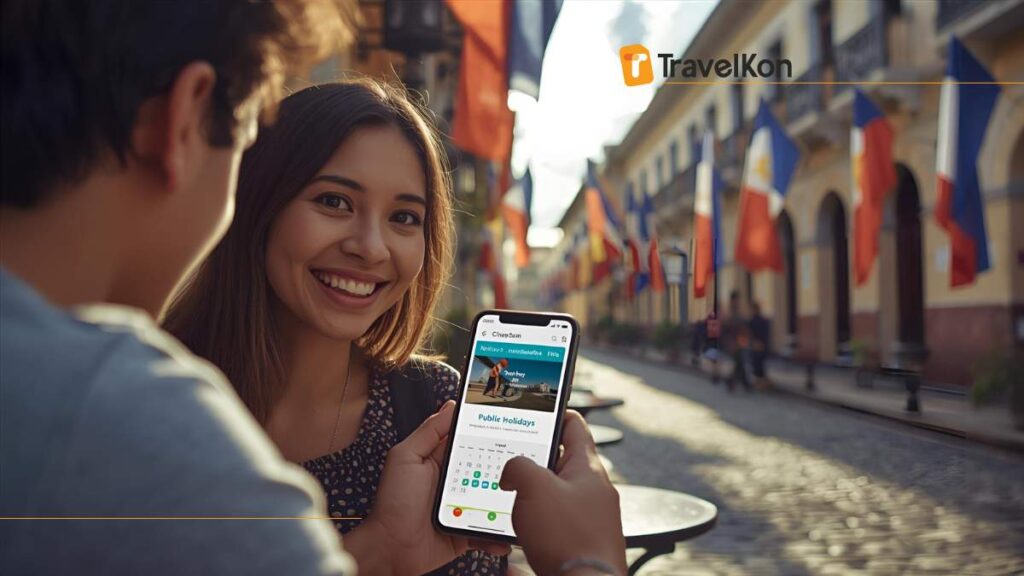

How to Say Hello in Philippines
Knowing how to say hello in Philippines helps start every conversation warmly. In Filipino, the national language, people say “Kamusta?”, which is similar to “How are you?”. How to say common words in Philippines.
Other Greetings:
- “Magandang umaga” – Good morning
- “Magandang hapon” – Good afternoon
- “Magandang gabi” – Good evening
Politeness is highly valued, so a smile always enhances your greeting.
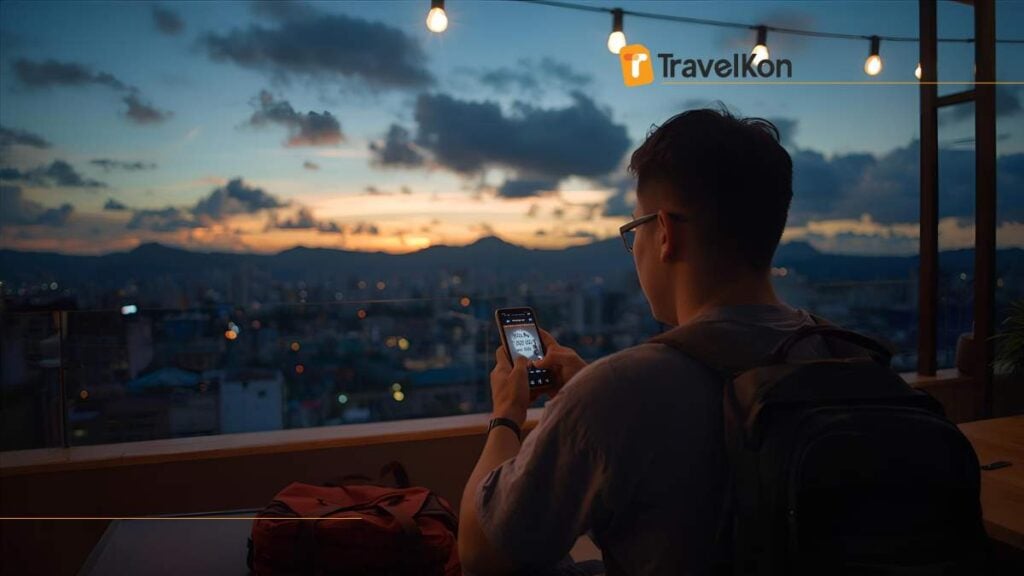

How to Say Thank You in Philippines
Gratitude goes a long way in Filipino culture. To say thank you, use “Salamat”, or “Maraming salamat” for “Thank you very much”. How to say common words in Philippines.
Helpful Variations:
- “Walang anuman” – You’re welcome
- “Salamat po” – Thank you (polite form)
- “Maraming salamat po” – Very polite and formal
Adding “po” shows respect, especially toward elders.
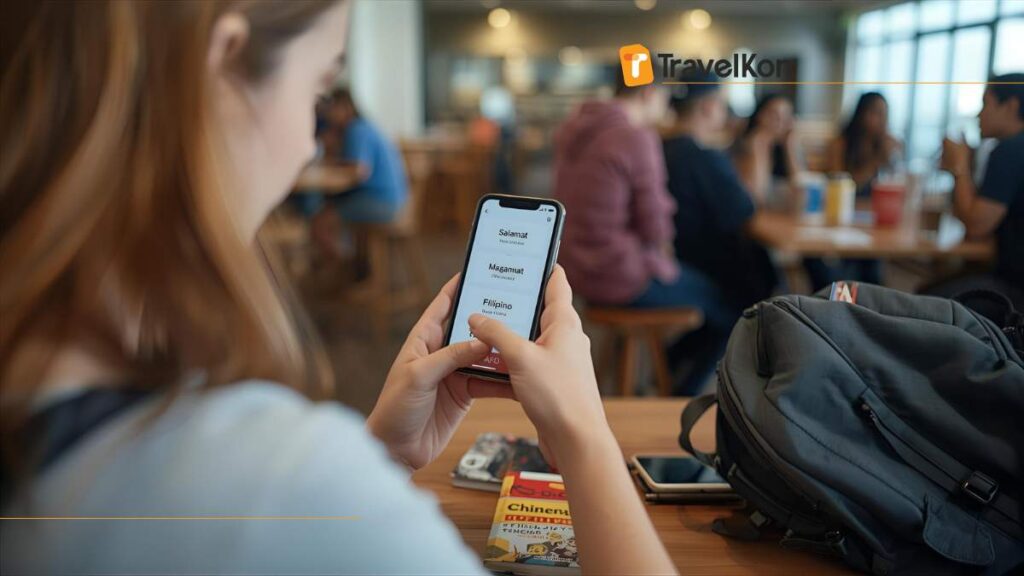

How to Say Yes and No in Philippines
Simple yet essential, yes is “Oo” and no is “Hindi”. These words are easy to remember but express a lot in conversation.
Examples:
- “Oo, gusto ko.” – Yes, I like it.
- “Hindi ko alam.” – I don’t know.
- “Oo, sige!” – Yes, okay!
Tone and facial expressions often carry as much meaning as the words themselves.


How to Say Sorry in Philippines
Apologising shows humility. In Filipino, “Pasensya na” or “Paumanhin” both mean “Sorry”.
Useful Phrases:
- “Pasensya na po” – Sorry (respectful)
- “Patawarin mo ako” – Forgive me
- “Di ko sinasadya” – I didn’t mean it
Filipinos appreciate honesty and sincerity more than formal phrasing.


How to Say I Love You in Philippines
Romantic or friendly, saying “Mahal kita” translates to “I love you” in Filipino. It’s one of the most famous Filipino phrases among foreigners.
Variations:
- “Iniibig kita” – Deeply poetic love
- “Mahal ko ang pamilya ko” – I love my family
- “Mahal ko ang Pilipinas” – I love the Philippines
The word mahal means both “love” and “expensive”—a fun fact that tourists love to share.


How to Say Goodbye in Philippines
Saying goodbye can be as heartfelt as a greeting. The most common phrase is “Paalam”, but many Filipinos also use “Bye” or “Ingat”, meaning “Take care”.
Common Goodbyes:
- “Ingat ka” – Take care
- “Kita tayo mamaya” – See you later
- “Hanggang sa muli” – Until next time
These phrases help travellers leave a positive impression wherever they go.
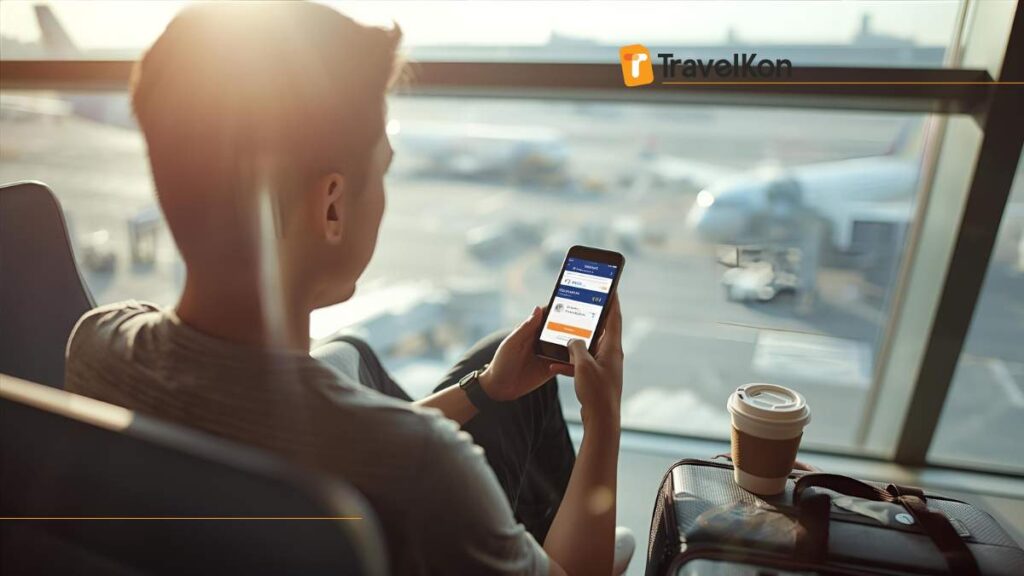

How to Say How Much in Philippines
Shopping at local markets or riding jeepneys often involves asking prices. The phrase “Magkano ito?” means “How much is this?”.
Shopping Essentials:
- “Pwede bang tumawad?” – Can I get a discount?
- “Sobra mahal!” – Too expensive!
- “Mura na ito.” – This is cheap.
Learning basic bargaining phrases can turn transactions into friendly chats.


How to Say Where Is… in Philippines
Directions are vital when exploring cities or islands. To ask, say “Nasaan ang…” followed by the place or object.
Examples:
- “Nasaan ang CR?” – Where’s the restroom?
- “Nasaan ang hotel?” – Where’s the hotel?
- “Nasaan ang beach?” – Where’s the beach?
Locals are often happy to help, even if their English is limited.


How to Say Delicious in Philippines
Filipino food is an adventure itself. When you love a dish, say “Masarap!”, meaning “Delicious!”
Foodie Phrases:
- “Ang sarap ng adobo!” – The adobo is so good!
- “Gutom na ako.” – I’m hungry.
- “Busog ako.” – I’m full.
Filipinos take pride in their cuisine, so compliments always spark smiles.


How to Say Cheers in Philippines
Filipinos love celebrations. When raising a glass, say “Tagay!”, which means “Cheers!” It’s often used during parties or casual gatherings.
Party Talk:
- “Tagay tayo!” – Let’s drink!
- “Isa pa!” – One more!
- “Sarap ng company!” – Great company!
It’s a word that unites people across language barriers and laughter.
Travelling Smart in the Philippines
Equipped with local phrases and seamless connectivity from TravelKon’s eSIM, travellers can explore confidently and connect deeply with locals. Whether it’s saying “Salamat” after a jeepney ride or “Masarap!” at a beach café, these small gestures create meaningful travel moments.


